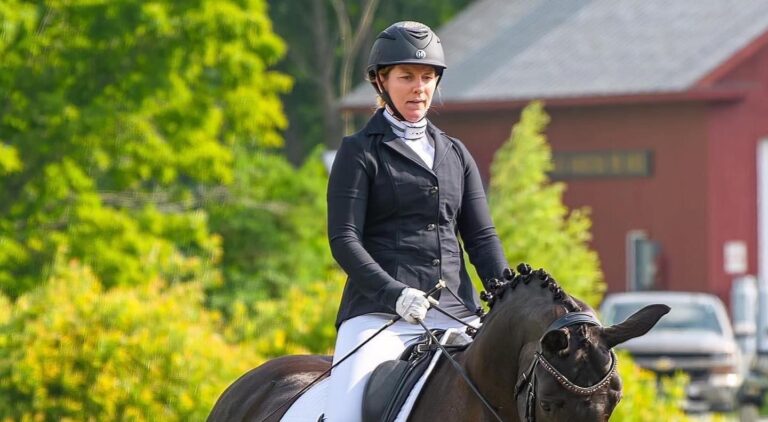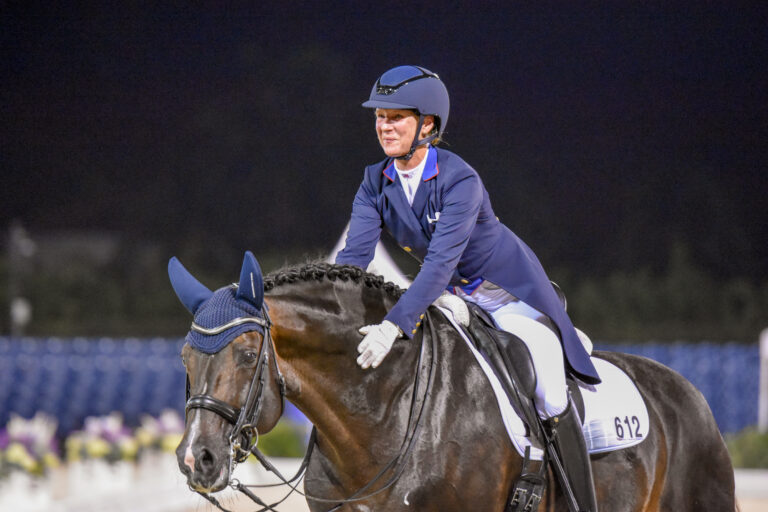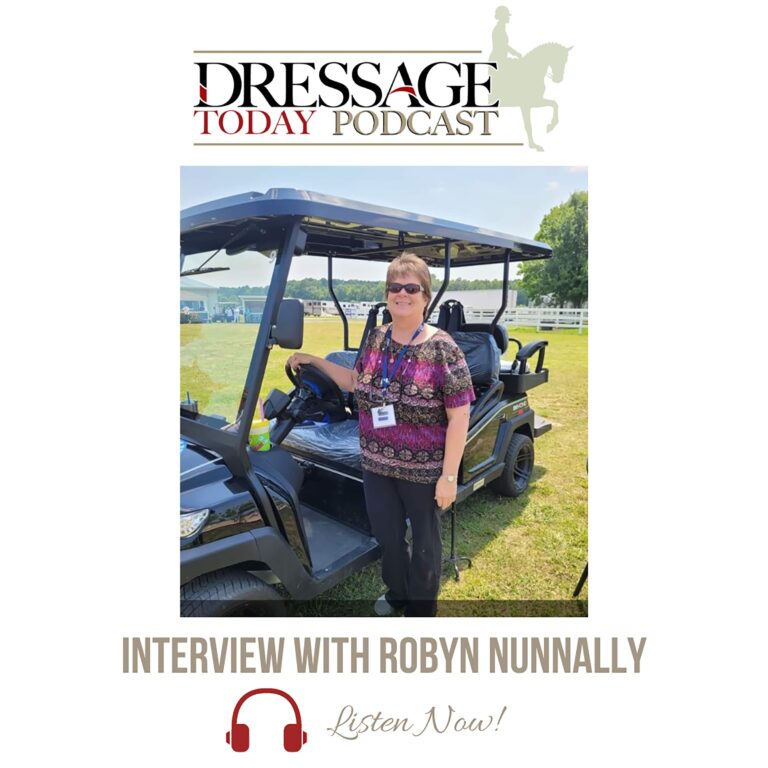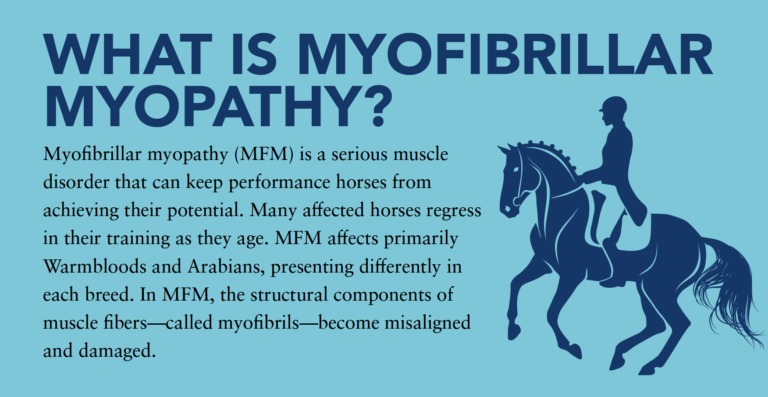Beyond making us all question our desire for social interaction and rendering encyclopedic our knowledge of Netflix and takeout menus, the COVID-19 pandemic has made many people question their choice of barns and trainers. I do not remember a time when I have received so many inquiries from people looking to make a change. While it is certainly nice to feel desirable, I wanted to share a few pieces of advice from my experience about how best to choose a trainer and dressage facility.
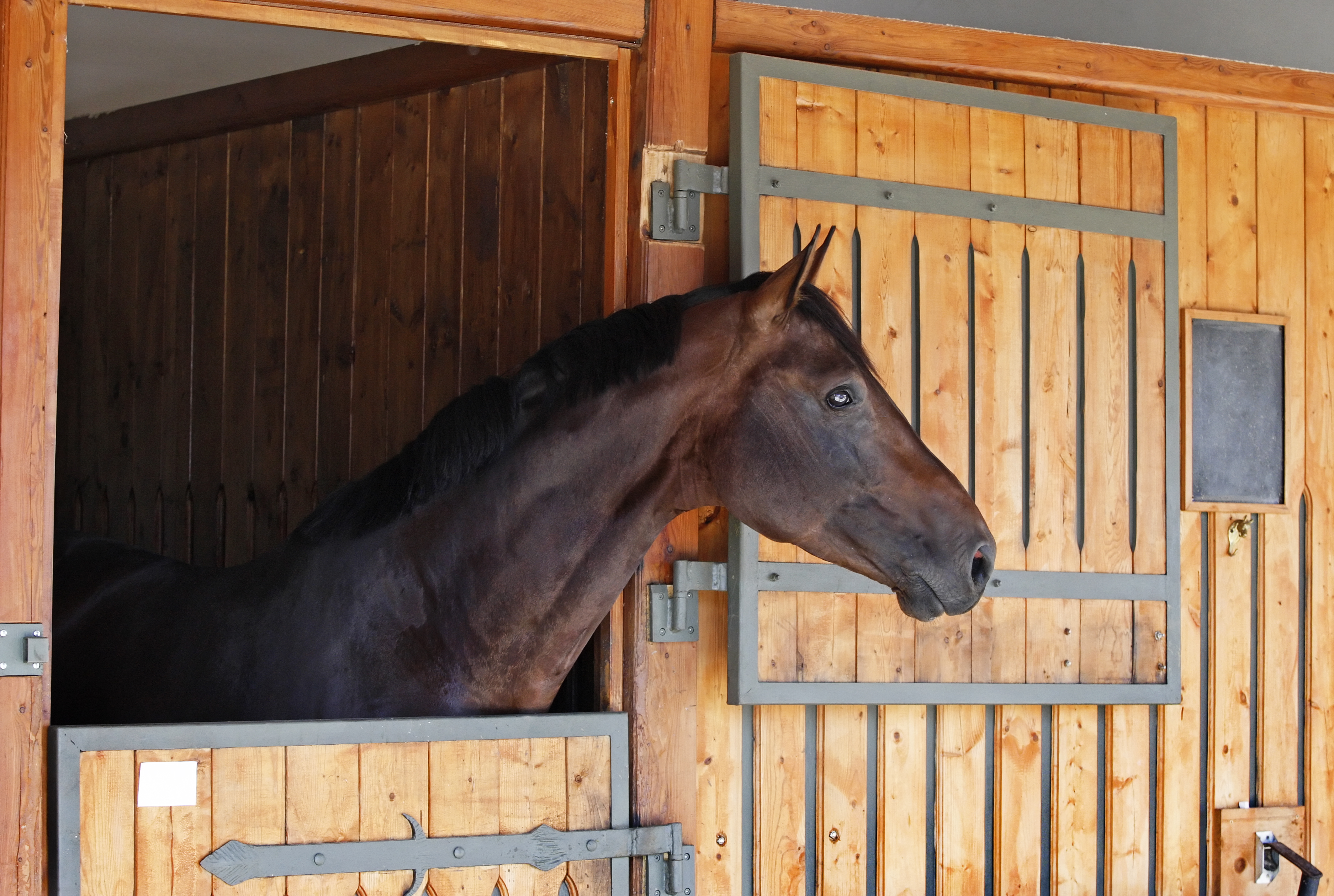
As an Amazon Associate, Dressage Today may earn an affiliate commission when you buy through links on our site. Product links are selected by Dressage Today editors.
First, figure out exactly what your goals are. How old is your horse, and is she currently prepared to do the job you would like to do or will extra training be needed? Do you plan to ride and compete the horse, or are you looking for a trainer to train, compete and/or sell her? Do you want to take multiple lessons per week or only rarely work with a trainer? Do you have competition goals, and do those include schooling or recognized shows? Codicil: Are these goals realistic, given your time and financial constraint and the ability and training status of your horse? This is the hardest part for people to face, and I strongly encourage you to take the time to carefully examine your situation—your time, money, and physical constraints—in relation to your goals. These things might seem extremely obvious, but you would be surprised how rarely people choose to leave their current facility without considering these questions and then are surprised or frustrated by the search process.
DT Editor’s Tip: If you’d like a tool to help you reflect on your dressage training and goals, check out The Dressage Rider’s Journal.
Second, why do you want to leave your current barn and trainer? Is the horse care insufficient? Do you feel you need more aggressive or less intense instruction? Do you need more time flexibility in lesson options? Do you want a different rider for your horse? Has it become too expensive, or has a move changed your location so it is no longer convenient? Because your friend(s) left? Write these things down. Nowhere is perfect, so you need a list of things that you would like to change to compare to new locations as you search. If finances are driving the decision, remember that you are not likely to find a better equipped facility or better qualified trainer for less money. You might consider facilities that allow external trainers to come in, so you can keep working with your current professional if she will travel to you.
Now, how to approach your search: If you are like most riders, the “barn universe” is not well mapped for you. You might know some local trainers, but Google and Facebook are your allies here. Nearly every trainer has a web page listing her credentials and services, and Facebook and Instagram accounts usually reflect more current events and accomplishments. Use USDFScores.com to investigate the trainer’s competition record, keeping in mind that professionals often ride green or difficult horses and some low scores are inevitable.
Some hints for finding a compatible professional: If you have a 3-year-old you would like to have backed and trained, it is important to choose a trainer who consistently rides young horses. While “Famous Trainer A” might have the fanciest barn and best pedigree, if she no longer sits on anything under 6 who does not have a flying change and the beginning of piaffe, she is not for you. You can figure out if someone consistently trains young horses by looking at her social media, checking scores to see if she has shown in materiale and in-hand classes, and reaching out to breeders to see if they have experience with her work.
If you are an Adult Amateur who works, has a family, and has no desire to compete but wants regular and serious attention from a trainer, be cautious in your search. “Famous Trainer B” might have an impressive competition record but she is not likely to be home many weekends and may be in Florida for the winter. You need to look for someone who does not compete much, does not go to Florida and dedicates herself to teaching. It is relatively easy to assess someone’s competition success using tools like the USDF score search, but it is less easy to determine how she is at teaching. Student success is certainly a strong indicator, as is word of mouth and lack of turnover in the barn.
Conversely, if you are looking to be an active competitor and move up the levels, it does not make sense to work with someone who will not be able to help you compete. You will need to determine if you plan to compete regionally or travel to Florida for the winter season and find a trainer who best meets your needs. If you do not currently have a horse, you need to look for a barn that has school horses or a lease option. That narrows down the available facilities, so make sure that is the first thing you investigate.
Figure out what kind of trainer suits you best. If you are easily overwhelmed by information or take commentary as criticism, you need to look for a trainer who does not talk too much while you are working on each thing and who understands the importance of positive encouragement. If you prefer riding for drill sergeants and you flourish under pressure, find that Marine! You can learn this about yourself, if you do not already know it, by considering for whom you have ridden your best and why. Attending clinics is also an excellent way to learn about other instructional approaches and see how they work for you.
Do your research before you make contact. You should know if the trainer you are contacting is a CDI rider or has never ridden above Third Level—and which one of those you actually want and need to achieve your goals. Do not speak badly of your current trainer or barn. Even if they are making egregious, hideous mistakes, it does not go over well when you are meeting a new trainer. All we can imagine is how badly you will speak about us in two years. Do not say, “I came to your barn for a clinic to watch my current trainer who I adore, and I just liked your indoor ring so much that when she raised her prices I thought I would call you.” It demonstrates that you clearly have not done your homework—either to learn about the qualifications of the trainer to whom you are now talking or the expense of the barn you are calling about. Hint: If the indoor is divine and your current arena is not, the board is not going to be lower than where you are now.
If you know you will not go to Florida for the winter, try to locate a trainer who stays home or has a strong assistant who you want to work with while the trainer is away. If you only want to take two lessons a month, then you need to find a barn that primarily does boarding, not one that only takes horses and riders in full training.
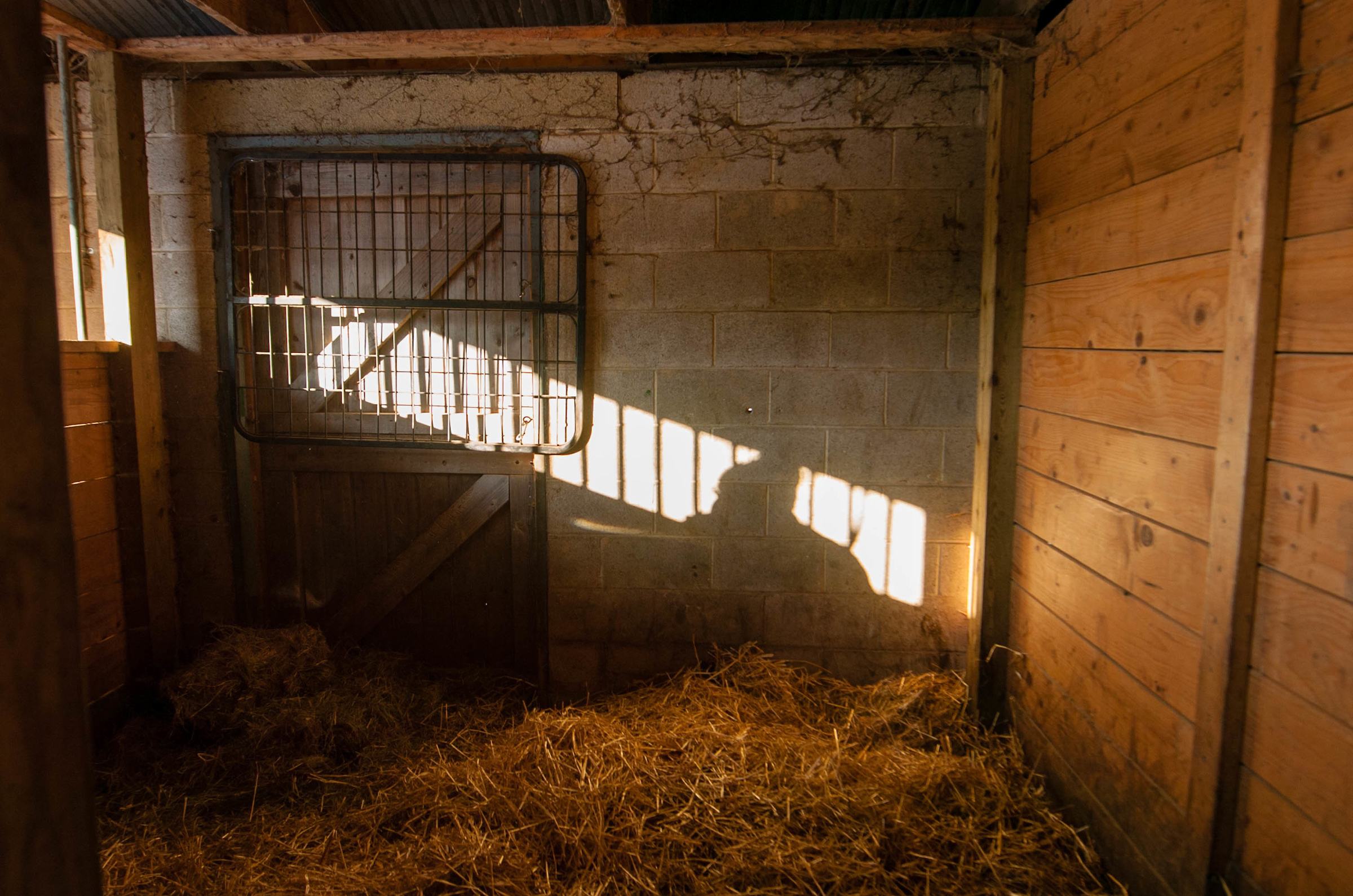
Once you have a few options identified, make an appointment to meet the trainer and see the barn. You will want to see the entire facility, from the grain room to the hay lofts to the indoor and outdoor arenas. If horse care is your top priority and the trainer does not perform the actual care, you should ask to meet the people who take care of the horses. Where will your horse live and be turned out? Is turnout single or in pairs or groups? What does board cover, and are there additional costs for things like bandaging, clipping, laundry, grooming and extra hay? What kind of grain do they feed and are you comfortable switching to it? How do they handle supplements? How many outfits (blankets, fly sheet, etc.) can your horse have per season? Which veterinarian and farrier do they use, and are those directly billed to you or billed through the barn?
If you are bringing in a young horse to start and train, ask if you can see the trainer ride a young horse currently in her program. She might tell you no to honor the paying client’s privacy, but she might be able to get permission to do that for you. If you are looking for an upper-level rider to improve your horse’s current training, again it is appropriate to ask to see the trainer ride a horse at or above your horse’s level. Note: Many trainers now have their work broadly available on video, so that is an excellent option to assess someone before you meet them. If you are looking for a teacher, you can ask to observe a lesson. The person taking the lesson has the right to refuse, but many riders are happy to oblige. Make sure to thank the person at the end. It is always stressful to ride for a stranger, especially if you think you might be messing up your trainer’s chances for a new client!
If you like the barn, the trainer, and what you have seen, ask for references. I am not kidding. Choosing a barn is a big investment, and it is perfectly appropriate for you to ask for several people to vouch for a program. You should contact the references and then, if you are happy, move forward. Try to make a timely decision, as stalls can fill quickly and trainers talk about tire kickers.
If you know what you are looking for, have a strong understanding of your learning style, and have logical goals, a new trainer and barn can be exactly the thing you need to help you accomplish your dressage dreams. Or the search process will make you very happy to stay where you are! Happy barn hunting!
Click here to read more articles with Allison Kavey.
Allison Kavey is an international Grand Prix dressage rider and trainer who most enjoys “interesting” horses and bringing babies along from breaking through FEI. She is based at Rivendell Dressage in Millbrook, New York. She is also a regular participant in the quadrilles featured in the Challenge of the Americas, in which dressage flirts with circus to raise funds for breast cancer research, in Wellington, Florida. She is a historian of science and professor at CUNY John Jay College and CUNY Graduate Center.


